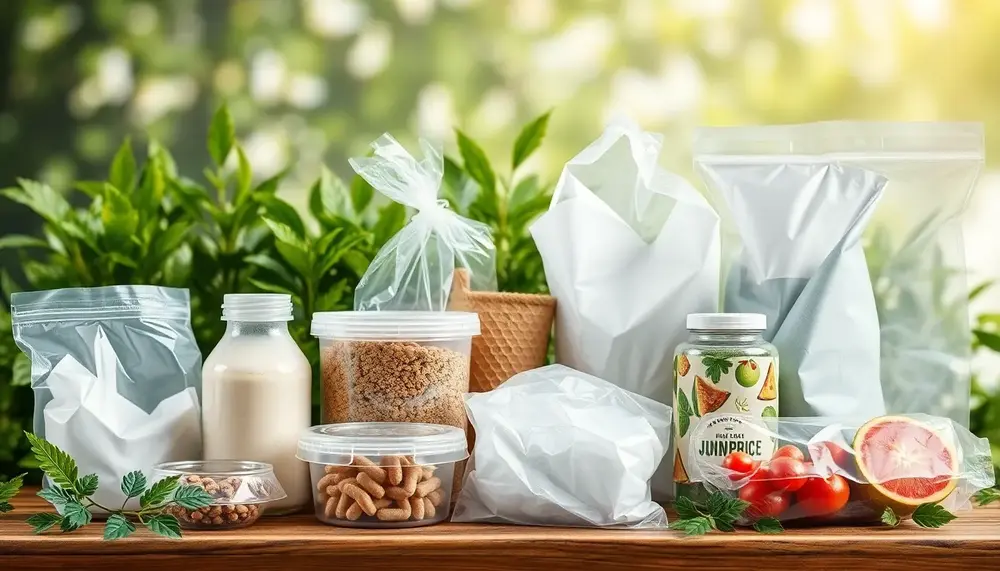Packaging Sustainability
Packaging Sustainability
Packaging Sustainability
Packaging Sustainability refers to the practice of designing and using packaging in a way that reduces its environmental impact. This involves considering the entire lifecycle of the packaging, from production to disposal.
Why is Packaging Sustainability Important?
Packaging sustainability is crucial because it helps reduce waste, conserve resources, and lower carbon emissions. Sustainable packaging can also improve a company's brand image and meet consumer demand for eco-friendly products.
Key Elements of Packaging Sustainability
There are several key elements to consider for packaging sustainability:
- Material Choice: Using recyclable, biodegradable, or compostable materials.
- Design Efficiency: Creating packaging that uses less material without compromising functionality.
- Production Process: Implementing energy-efficient and low-waste manufacturing processes.
- End-of-Life Management: Ensuring packaging can be easily recycled or safely disposed of.
Examples of Sustainable Packaging
Examples of sustainable packaging include:
- Recycled Paper: Packaging made from recycled paper reduces the need for virgin materials.
- Biodegradable Plastics: These plastics break down more quickly in the environment.
- Reusable Containers: Packaging that can be reused multiple times, reducing waste.
Challenges in Achieving Packaging Sustainability
While packaging sustainability offers many benefits, it also presents challenges. These include higher initial costs, limited availability of sustainable materials, and the need for consumer education on proper disposal methods.
The Future of Packaging Sustainability
The future of packaging sustainability looks promising. Innovations in materials and technology are making it easier for companies to adopt sustainable practices. As consumer awareness grows, the demand for sustainable packaging will likely continue to rise.
Blog Posts with the term: Packaging Sustainability
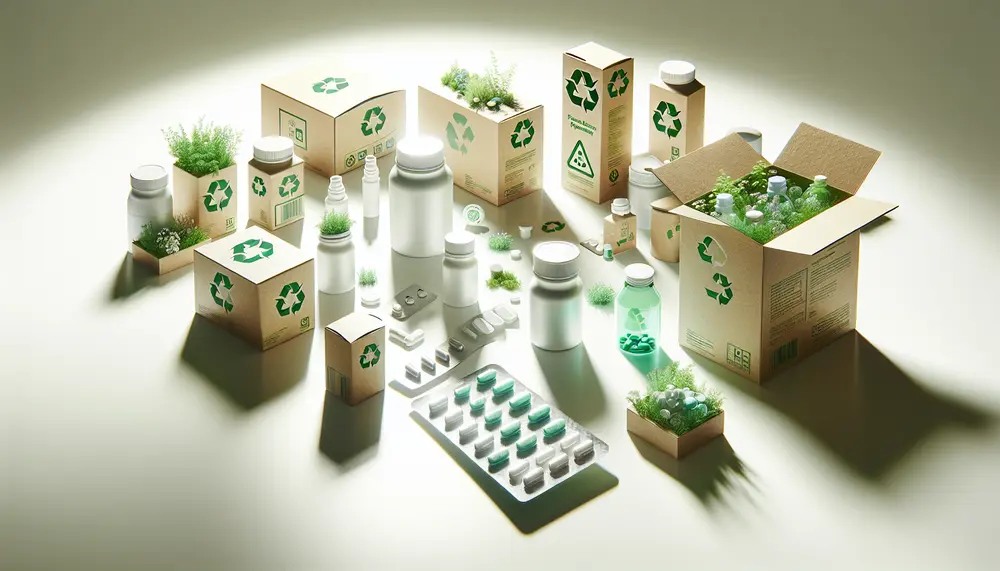
The shift towards sustainable pharmaceutical packaging is driven by environmental awareness, regulatory pressures, and consumer demand for eco-friendly products, offering benefits like waste reduction and enhanced brand reputation despite challenges such as high initial costs. Innovative materials like bioplastics and...
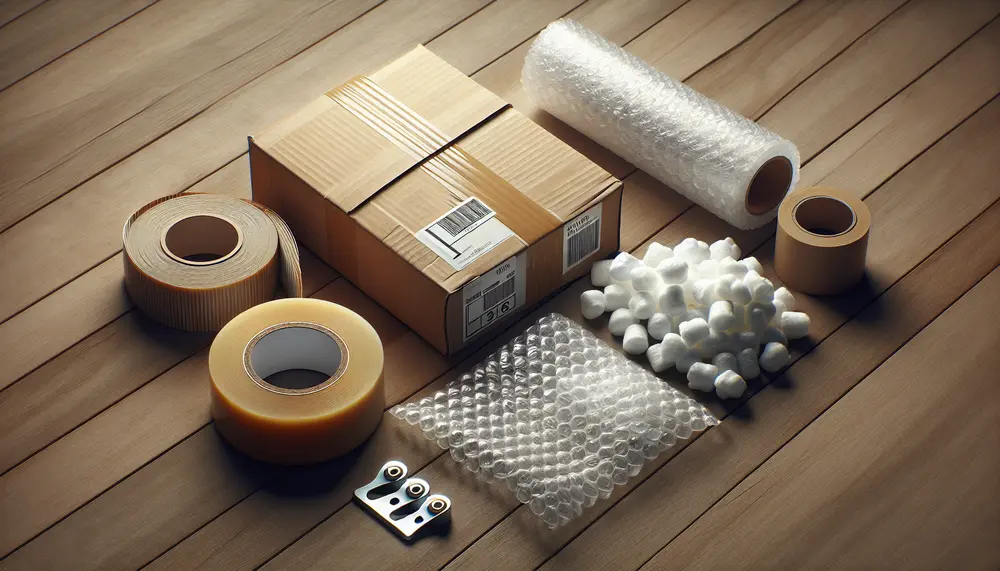
Packaging materials are essential for product protection, information dissemination, and marketing; material selection is based on factors like durability and sustainability. Plastic packaging offers versatility but faces environmental concerns, glass provides purity and recyclability, metal ensures strength and long-term preservation...

Sustainability in the packaging industry focuses on reducing environmental impact through a circular economy, optimizing supply chains, and aligning with consumer values for eco-friendly products. The industry faces challenges like waste accumulation and energy-intensive production but is shifting towards sustainable...
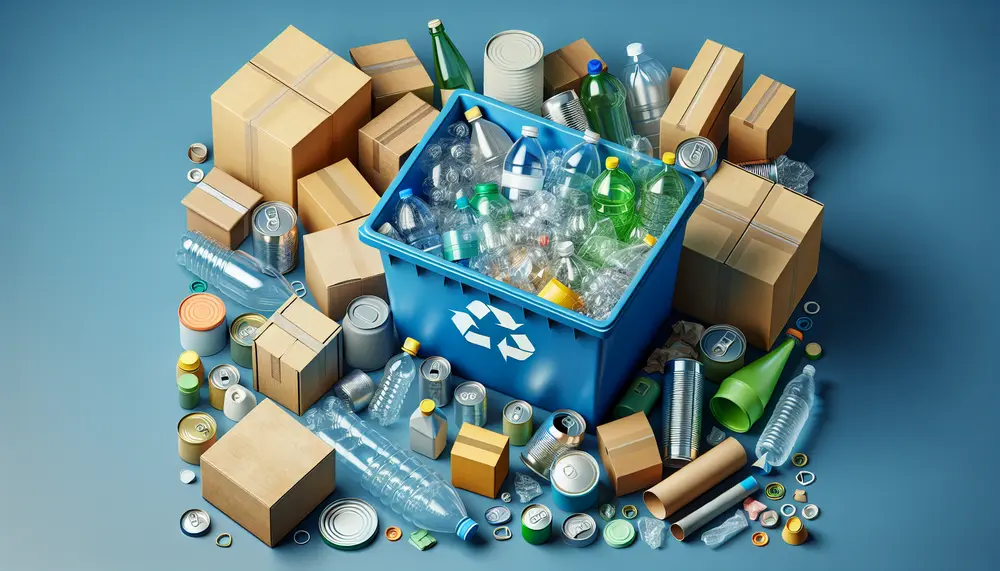
The Packaging and Packaging Waste Regulation (PPWR) aims to mitigate the environmental impact of packaging by enforcing standards for reduction, reuse, and recycling. It requires stakeholders in the packaging industry to comply with regulations that promote a circular economy and...
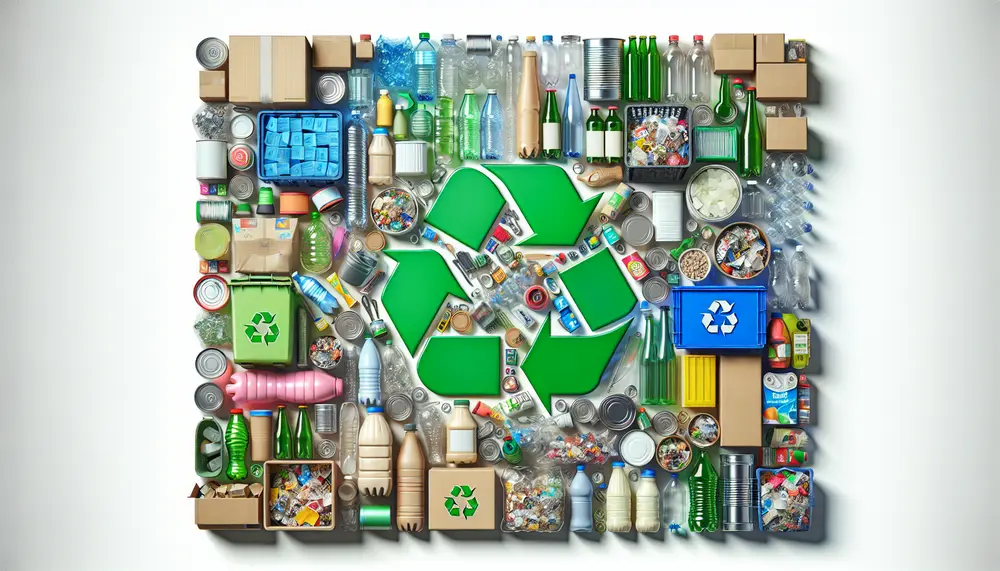
The 2023 packaging and waste regulation emphasizes sustainability, with new directives pushing for circular economy models and improved design for recyclability. Businesses must adapt to these changes, which include Extended Producer Responsibility (EPR), incentivizing eco-friendly packaging innovation. EU packaging waste regulations...

The European Union's packaging framework emphasizes environmental responsibility and sets quality and safety benchmarks for market-circulating packaging, requiring a life cycle approach from manufacturing to disposal/recycling. Businesses must understand these evolving standards to ensure compliance with the EU Packaging and...
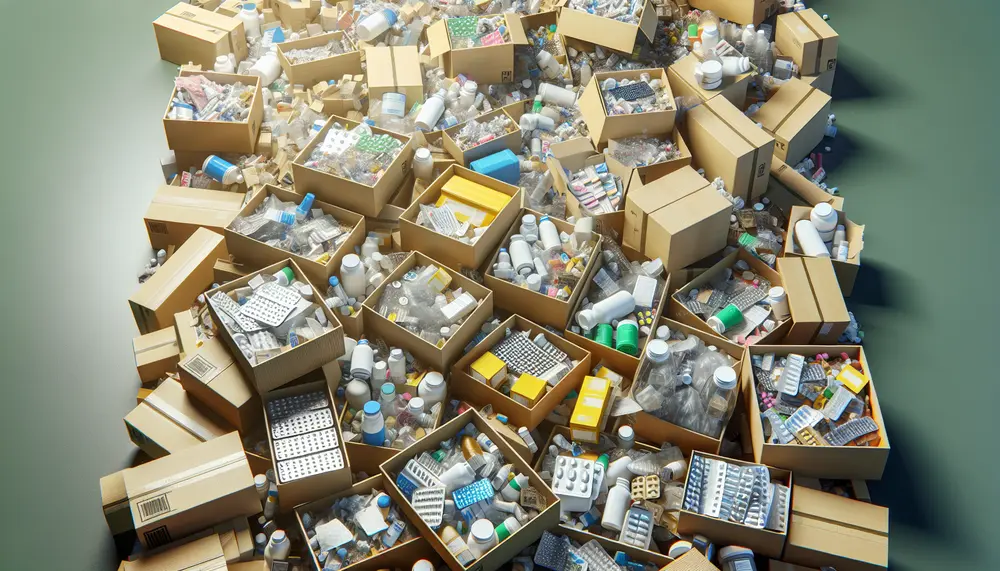
Pharmaceutical packaging waste significantly contributes to global environmental issues, with plastics being a major component that ends up in landfills and oceans, releasing toxins and increasing carbon emissions. Efforts to address this include exploring sustainable materials like bio-based plastics and...

Sustainability in packaging focuses on reducing environmental impact through practices like using biodegradable materials and designing for reusability, aiming to align ecological health with business and consumer needs. Current trends include plant-based materials, minimalist designs, recycled content use, and advanced...

Sustainable packaging is essential for environmental protection and aligns with consumer values, offering long-term economic benefits despite higher initial costs. The market shift towards eco-friendly options is driven by material innovations, regulatory changes, and consumer demand, leading to a more...
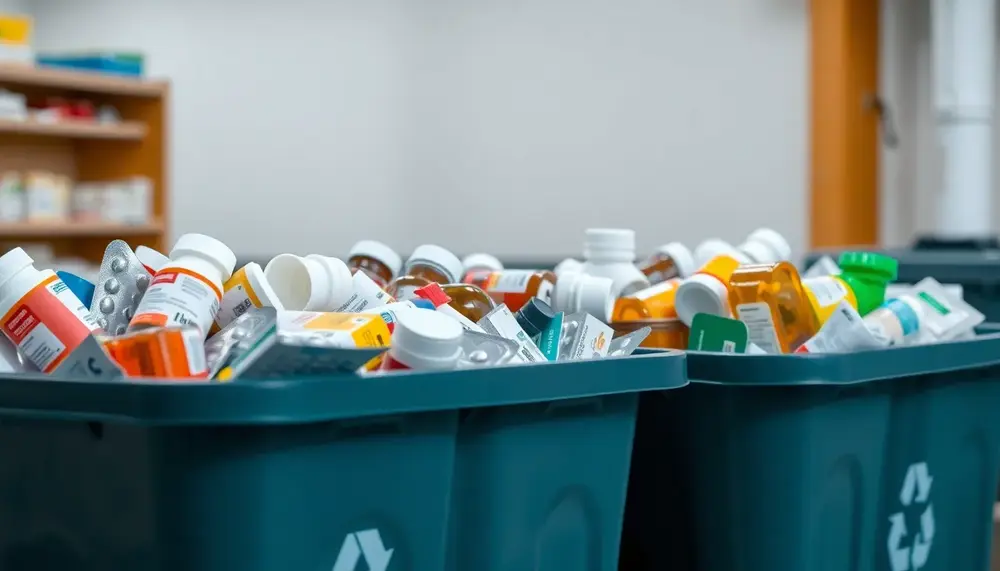
Sustainable pharmaceutical packaging is under urgent scrutiny due to high CO₂ emissions, regulatory pressure, and the need for safe, recyclable solutions. Cutting-edge recycling technologies—like advanced mechanical sorting, chemical depolymerization, carbon capture polymers, bio-based materials, and digital watermarking—are driving a shift...

